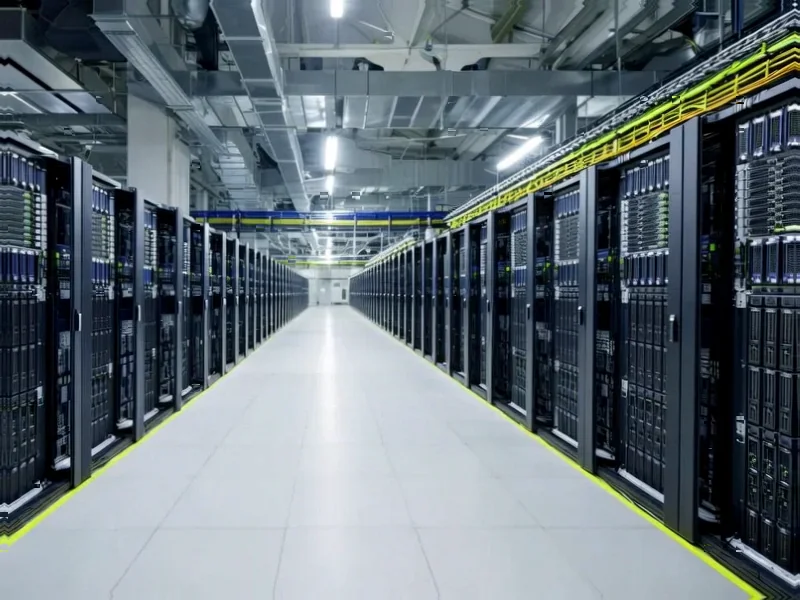According to The How-To Geek, MSI has released a single-board computer in a Pico-ITX form factor measuring just 101 x 73 millimeters and weighing 300 grams, making it similar in size to standard Raspberry Pi boards. The MS-CF16 V3.0 features three Intel processor options: the Atom X7433RE (4-core, 3.4 GHz, 9W TDP), Processor N97 (4-core, 3.6 GHz, 12W TDP), and Processor N150 (4-core, 3.6 GHz, 6W TDP). The board includes extensive connectivity with two USB 3.2 Type-A ports, two USB 2.0 ports, dual Ethernet connectors, multiple M.2 slots, and supports operation in extreme temperatures from -40°C to 70°C with only passive cooling. Unlike consumer Raspberry Pi devices, this board is exclusively available to businesses through authorized distributors in Canada, Germany, and other markets, targeting industrial applications like factory automation, smart kiosks, and transportation systems. This industrial approach to single-board computing represents a significant shift in embedded system strategy.
The Industrial x86 Revolution
MSI’s move represents a strategic pivot toward industrial applications where x86 architecture offers distinct advantages over ARM-based solutions. While Raspberry Pi and similar boards dominate maker and educational markets, industrial applications often require Windows compatibility, legacy software support, and enterprise-grade reliability that x86 inherently provides. The ability to run full Windows operating systems alongside Linux gives industrial developers flexibility that ARM systems struggle to match, particularly for proprietary industrial software that may only have x86 binaries available. This isn’t just another single-board computer—it’s Intel’s beachhead in the industrial embedded space where ARM has been making significant inroads.
Extreme Environment Computing
The temperature tolerance from -40°C to 70°C with passive cooling alone is engineering excellence that most consumer-grade boards can’t match. This specification opens applications in automotive, outdoor digital signage, and industrial automation where environmental conditions would destroy conventional computing hardware. The company’s announcement emphasizes “harsh environments” as a key design consideration, suggesting MSI has invested significantly in thermal management and component selection to achieve this reliability. For industries like transportation infrastructure or manufacturing where downtime costs thousands per minute, this reliability could justify the premium over consumer-grade alternatives.
Processor Strategy Analysis
The three processor options reveal Intel’s segmented approach to embedded markets. The Atom X7433RE at 9W TDP targets balanced performance and power efficiency, while the Processor N97 offers higher performance for more demanding applications. The Processor N150 at just 6W TDP is clearly aimed at ultra-low-power scenarios where every watt matters. This tiered approach allows system integrators to match processing power precisely to application requirements without over-provisioning or compromising performance.
Market Implications and Future Trajectory
The distribution strategy—bypassing consumer channels entirely—signals where MSI sees the real opportunity. While makers and hobbyists drove Raspberry Pi adoption, industrial applications represent substantially higher margins and longer product lifecycles. The availability through specialized industrial distributors like Rosch Computer indicates this is a business-to-business play, not a consumer product. Over the next 12-24 months, expect to see similar offerings from other major industrial computing manufacturers as the success of Raspberry Pi in educational markets demonstrates the viability of compact, affordable computing platforms in professional contexts.
Challenges and Competitive Landscape
Despite the impressive specifications, MSI faces significant challenges. The industrial market is notoriously conservative about adopting new platforms, requiring extensive validation and long-term availability guarantees. Meanwhile, ARM-based solutions continue to improve their Windows compatibility and enterprise features. Pricing will be critical—industrial-grade components command premium prices, but system integrators have tight budgets. The success of this platform will depend on whether the x86 compatibility and industrial reliability justify what will likely be a substantial price premium over ARM alternatives.




